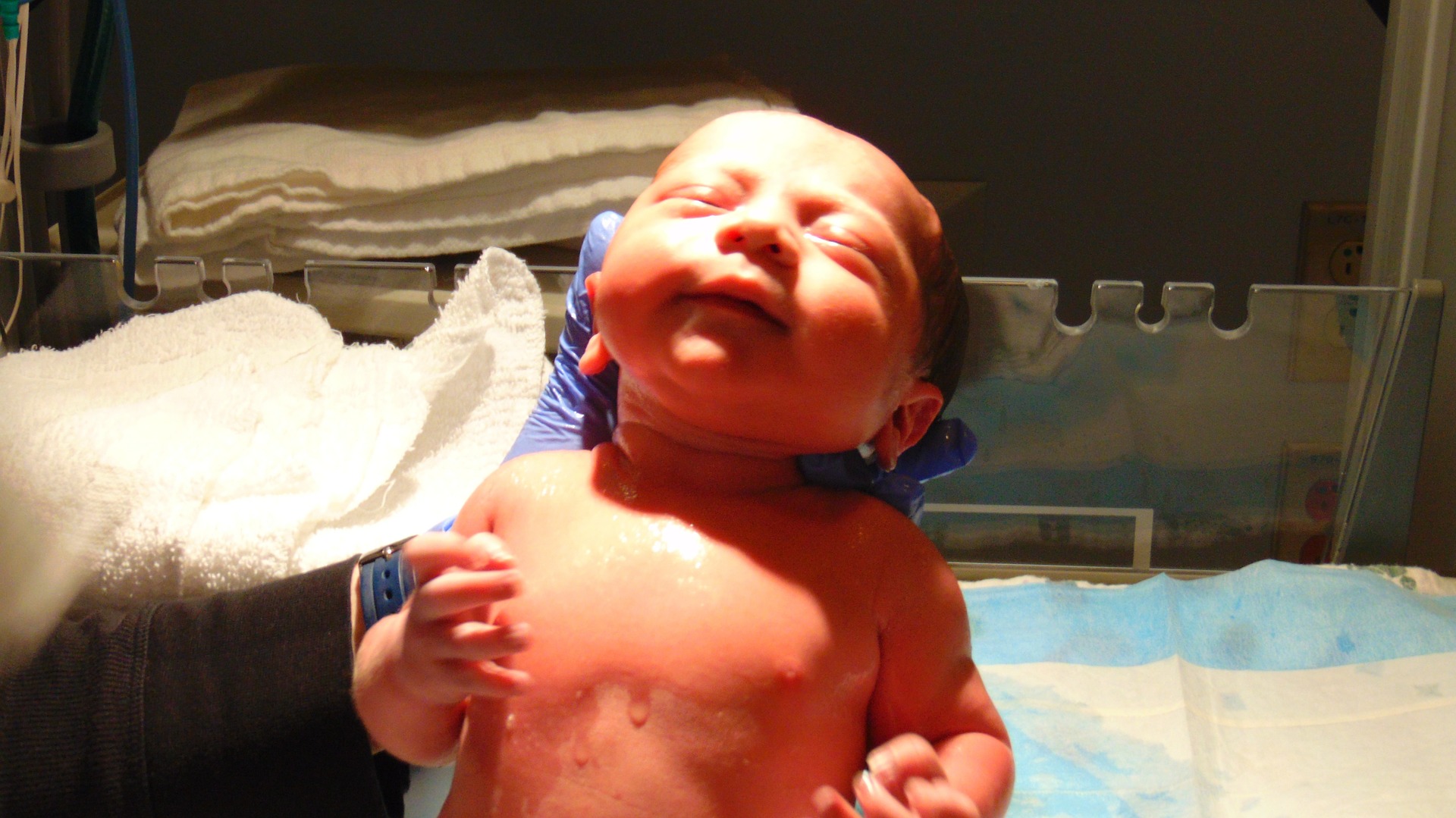Aggregated News

It could have been anyone. It was so easy. But it was him. Junjiu Huang.
In 2015, Huang, a stem-cell researcher at Sun Yat-Sen University in Guangzhou, first reported using the gene-editing tool CRISPR on human embryos. His paper was rejected by top Western journals on the grounds that it didn’t follow ethics rules and presented scant science, but that April it found its way into print in an obscure English-language publication in Beijing.
The result was, in Chinese, xuān rán dà bō (轩然大波), or “towering waves”—a sensational controversy.
Huang had only carried out a lab experiment, in which he’d tried to fix a gene error that causes a blood disease. His test subjects were abnormal IVF embryos, about the size of the period at the end of this sentence, and they were soon destroyed. No attempt was made to create a child.
Still, Huang had broken a taboo: altering the DNA of so-called germline cells, those that affect heredity. The implication was clear. Genetically edited people could one day be born. And those changes would be passed on to...



